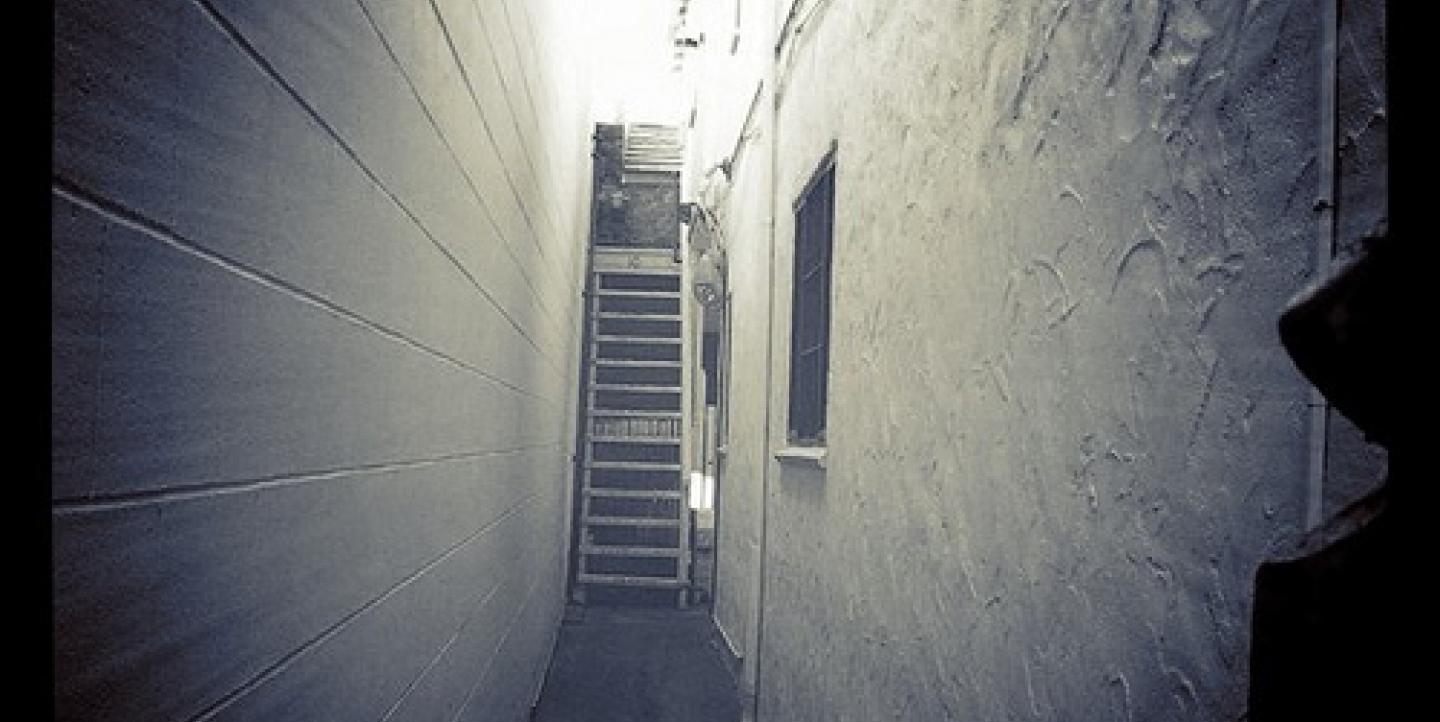It's a dilemma that most journalists face at one time or another: too much information, too little space.
Being concise without giving readers only bare-bones news coverage is important for reporters to master. In a recent Poynter chat, Roy Peter Clark, author of Help! For Writers, offered tips on how storytellers can achieve this difficult balance. Here are a few of his tips:
Devise a plan
Reporters should organize story elements rather than diving right into the writing process. "If I want to capture the structure of a story in a plan, I use a yellow pad. If I want to figure out a theme statement or a tight summary, I use an index card (think also of the tweet)," Clark writes. "If I want to compile some detailed elements, I use Post-it notes and then move them around."
Eliminate the extraneous
CBS radio correspondent Peter King is a "master" of the condensed story, Clark says. King advises reporters to select the most important information, identify what can be left out, and search for and destroy redundant elements. According to King, writers should craft short pieces with a postcard in mind. "Look how little space you have to convey a message to a friend from a distant location, maybe the Leaning Tower of Pisa," Clark says. "There's an image on the front that gives you a sense of place, but then the writing has to be highly selective, to make the best possible point in the least amount of space."
Think outside the text box
Poynter's Mallary Tenore, who moderated the chat, says journalists conveying complex ideas with tight space constraints should consider deviating from traditional storytelling methods. Reporters should "think about alternative story forms; how can you use bullets or extended photo captions or other forms of shorter writing to explain the information in a way that's easy to digest/understand?" Tenore says.
Go easy on background info
Although reporters are often encouraged to give readers context using specific background information, Clark says journalists should consider to what extent the subject or story has already been covered. "I have a rule of thumb that goes like this: with the passage of time for an ongoing story, the background paragraph can go lower and lower in the piece, and can run shorter and shorter," he says.
To view the full chat, click here.
Photo CC-licensed, courtesy of Flickr

